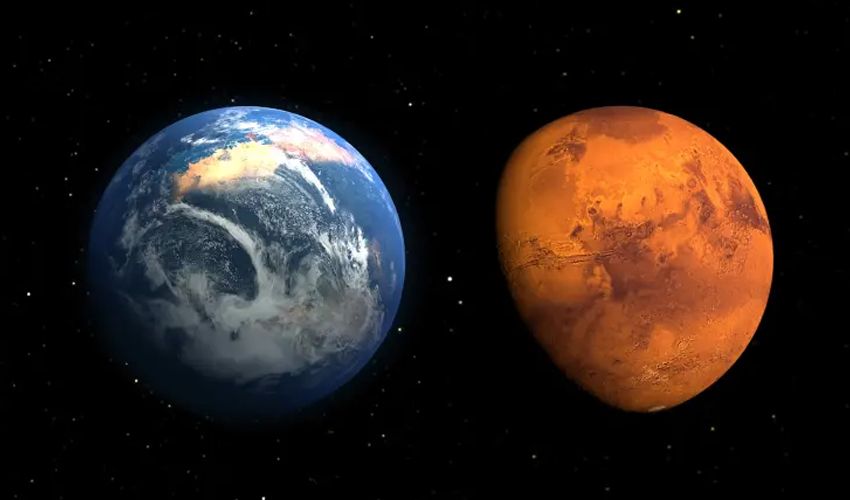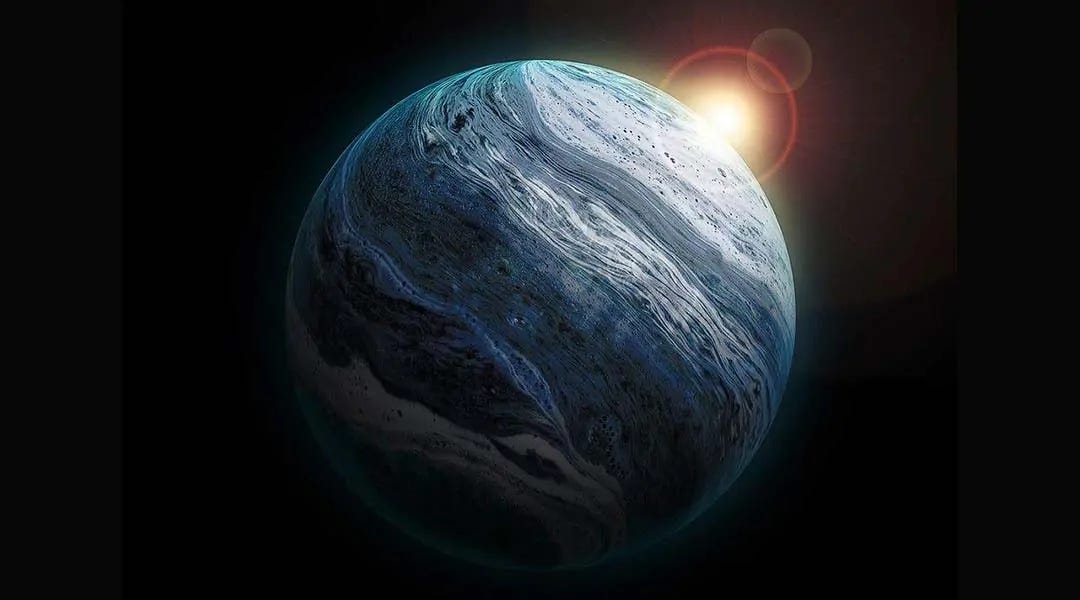In the grand theater of the cosmos, where celestial bodies waltz to the timeless rhythms of gravity and motion, lies a story of Earth and Mars — a tale that intertwines the orbits of these neighboring planets with the deep currents of Earth’s oceans. It’s a narrative that stretches across millions of years, revealing a celestial choreography so subtle yet profound, it reshapes our understanding of Earth’s geological and climatic past, and possibly, its future.
At the heart of this cosmic interplay, as recent studies published in Nature Communications suggest, is a phenomenon occurring every 2.4 million years, where the gravitational dance between Earth and Mars orchestrates a cycle of vigorous deep-sea currents capable of sweeping away ocean floor sediment on a global scale. This remarkable discovery underscores the interconnectedness of our solar system and its impact on Earth’s climate and geological processes, extending far beyond the confines of our planet.
The discovery emerged from an analysis of sedimentation data collected over the past 50 years from ocean drilling at hundreds of sites worldwide. By weaving together data from 293 deep-sea drill holes, scientists unveiled a pattern of sedimentation gaps, or hiatuses, occurring approximately every 2.4 million years. This cyclical phenomenon, referred to as ‘astronomical grand cycles,’ points to the subtle yet significant influence of Mars on Earth’s orbit, particularly on Earth’s perihelion — the point in its orbit closest to the Sun.
Mars’ gravitational pull, it appears, nudges Earth’s perihelion slightly closer to the Sun every 2.4 million years, intensifying the solar radiation Earth receives. This increase in solar energy is hypothesized to trigger feedback loops on Earth that amplify ocean currents and seafloor erosion. The study’s co-author, Dietmar Müller, a geophysicist at the University of Sydney, describes this interaction as akin to a ‘butterfly effect,’ where even subtle changes can have significant, amplified consequences.

The implications of this discovery are manifold, providing insights not only into Earth’s geological history but also into the dynamics of climate change. By understanding the natural cycles that have influenced Earth’s climate and oceanic processes over millions of years, scientists can refine their models for predicting future climate scenarios. This knowledge is particularly pertinent as humanity grapples with anthropogenic climate change, offering a crucial perspective for distinguishing between natural and human-induced climatic shifts.
Moreover, the study sheds light on the potential resilience of Earth’s ocean systems in the face of climate change. The observed cycles of increased ocean circulation could offer a buffering mechanism against stagnation, even if key ocean currents, such as the Atlantic Meridional Overturning Circulation, were to weaken or collapse. This insight is invaluable for understanding how Earth’s oceans might respond to the current rapid warming caused by excessive greenhouse gas emissions.
With all groundbreaking research, this study opens the door to further inquiry. The link between Mars’ orbital influence and Earth’s ocean currents, while compelling, invites additional investigation to unravel the intricacies of this celestial interaction. Other scientists, such as Matthew England and Joel Hirschi, express a healthy skepticism, pointing to the need for more evidence to solidify the connection between Mars’ gravitational pull and Earth’s oceanic processes.
Standing on the brink of a new era in Earth and planetary sciences, this research underscores the importance of looking beyond our planet to understand the forces that shape our world. The intriguing relationship between Earth and Mars — a cosmic ballet millions of years in the making — not only captivates our imagination but also offers profound insights into the interconnected web of planetary and climatic systems.
Related posts:
Mars as a Driver of Deep
Mars Has an Unexpected Influence on Earth’s Oceans and Climate, Repeating Every 2.4 Million Years, Study Finds
Mars attracts: how Earth’s interactions with the red planet drive deep-sea circulation





